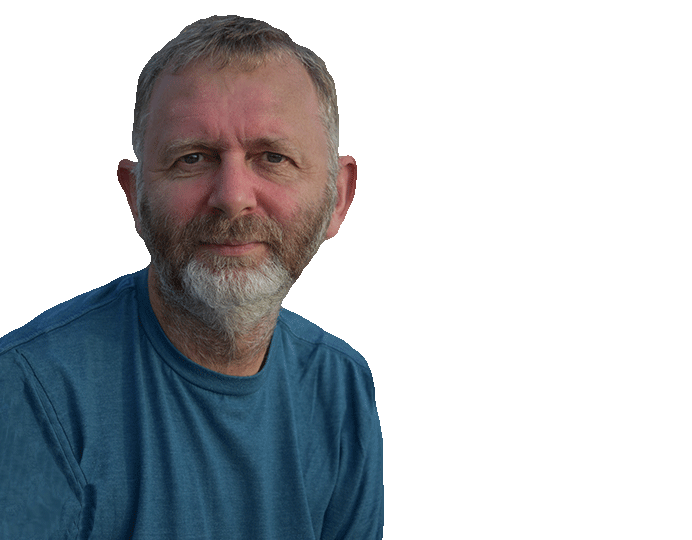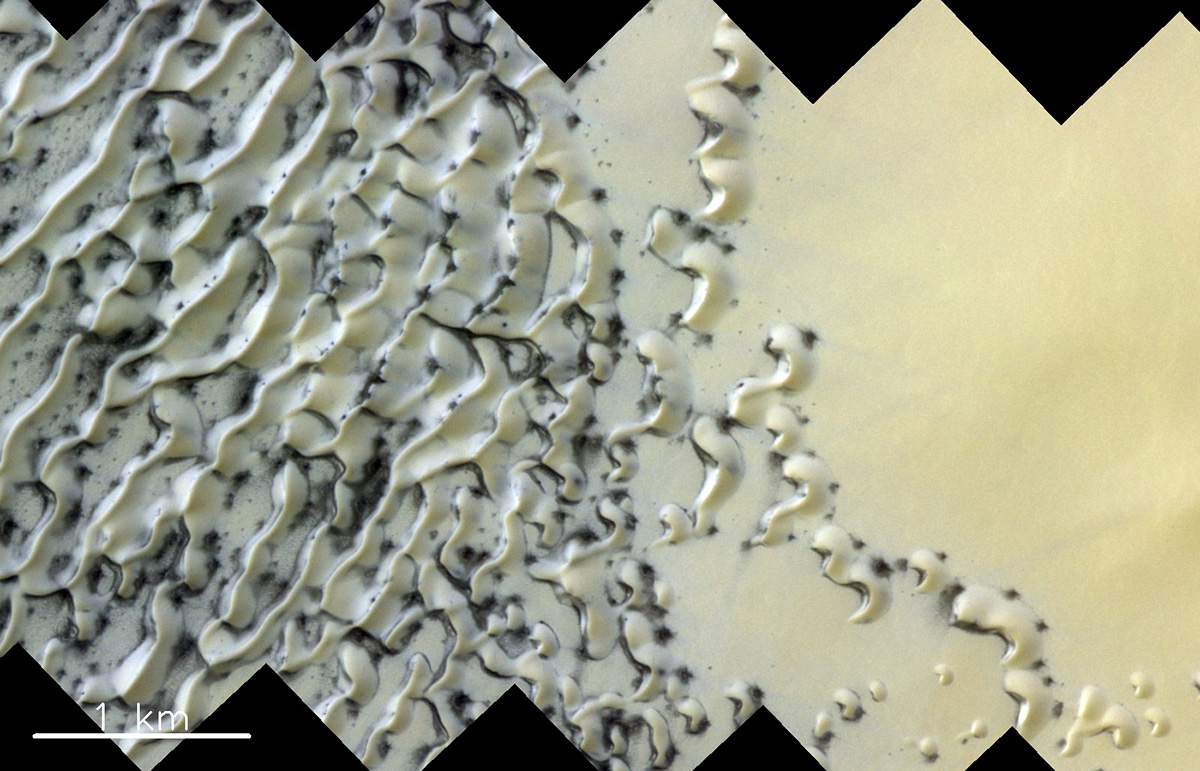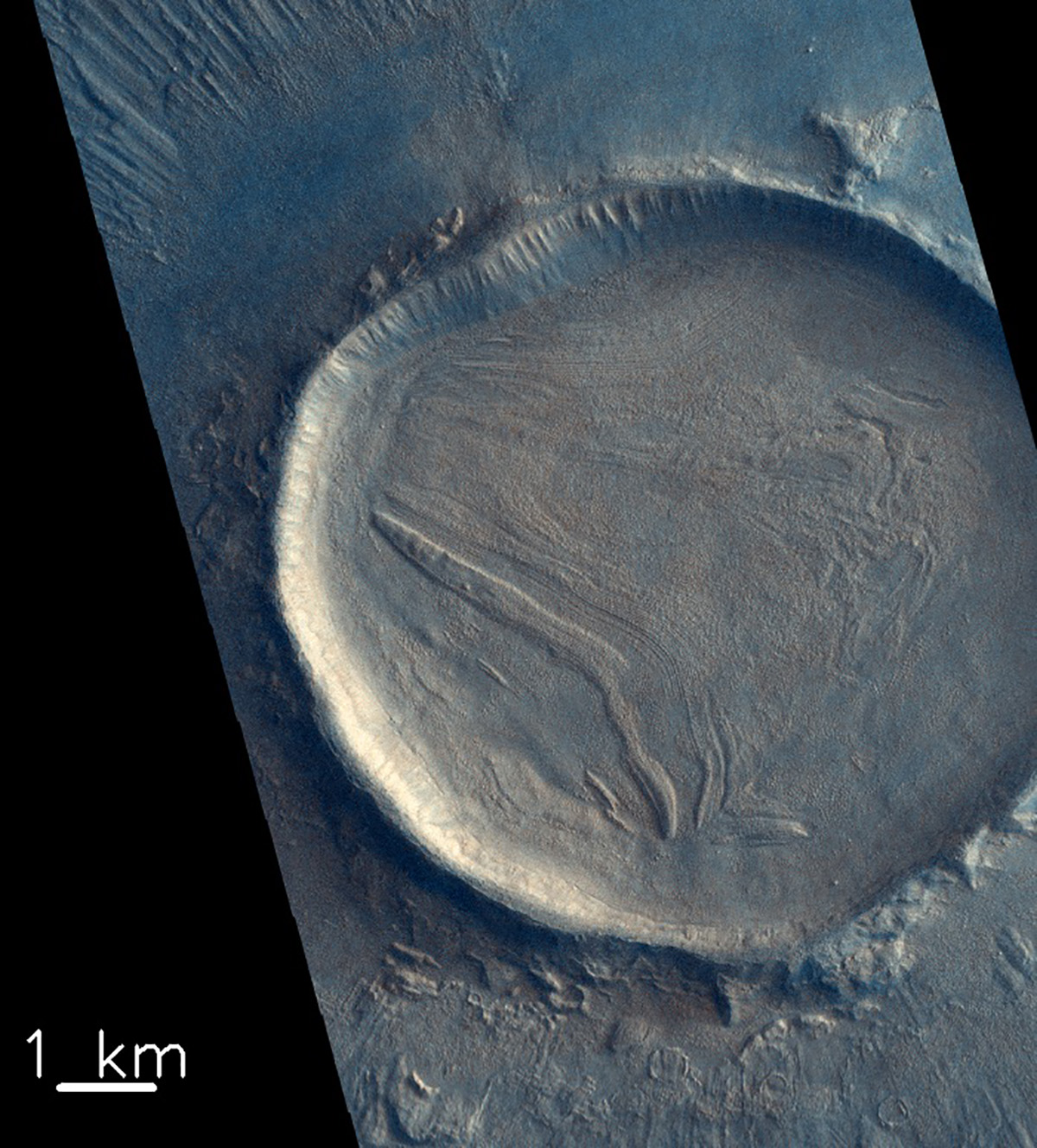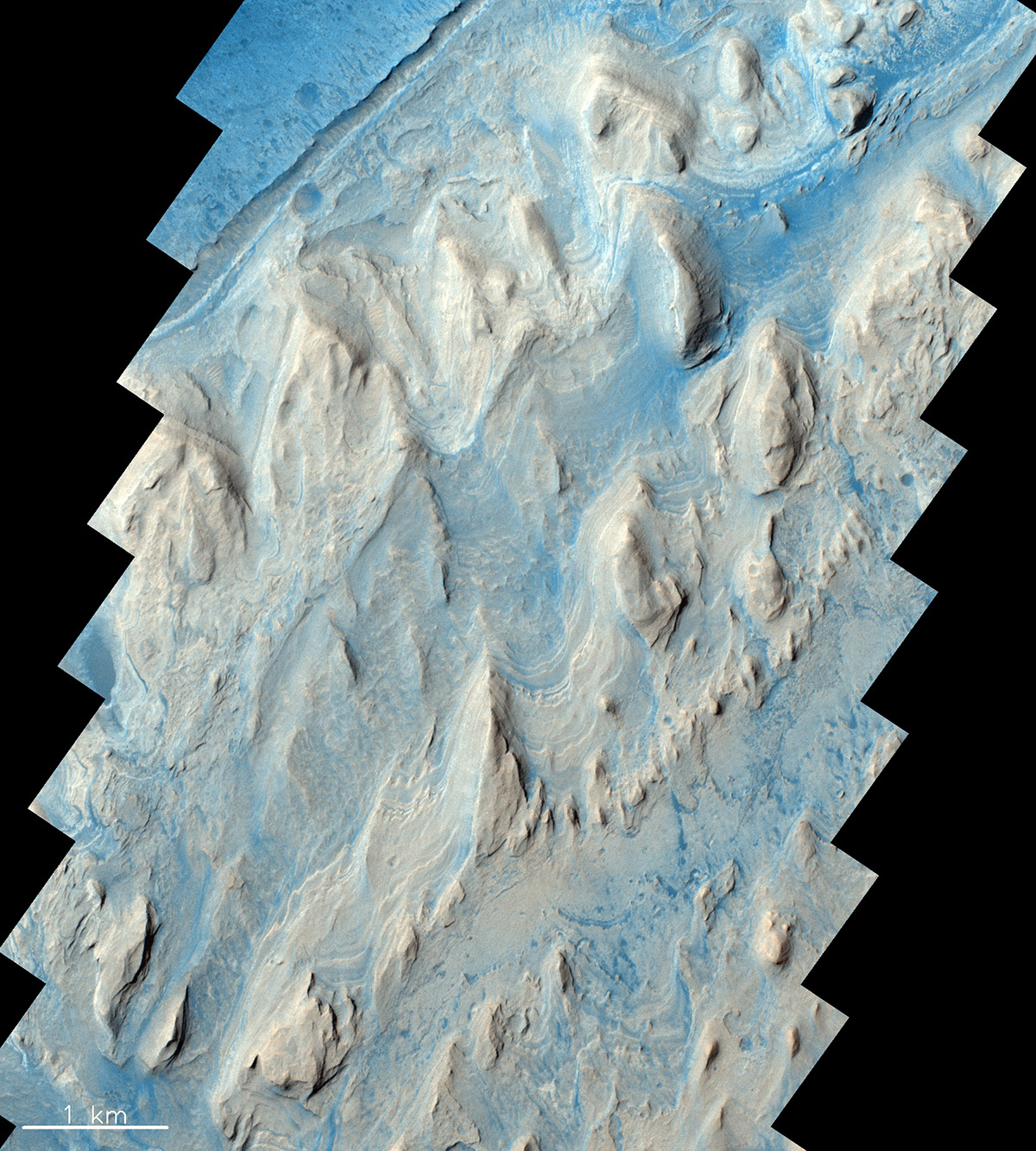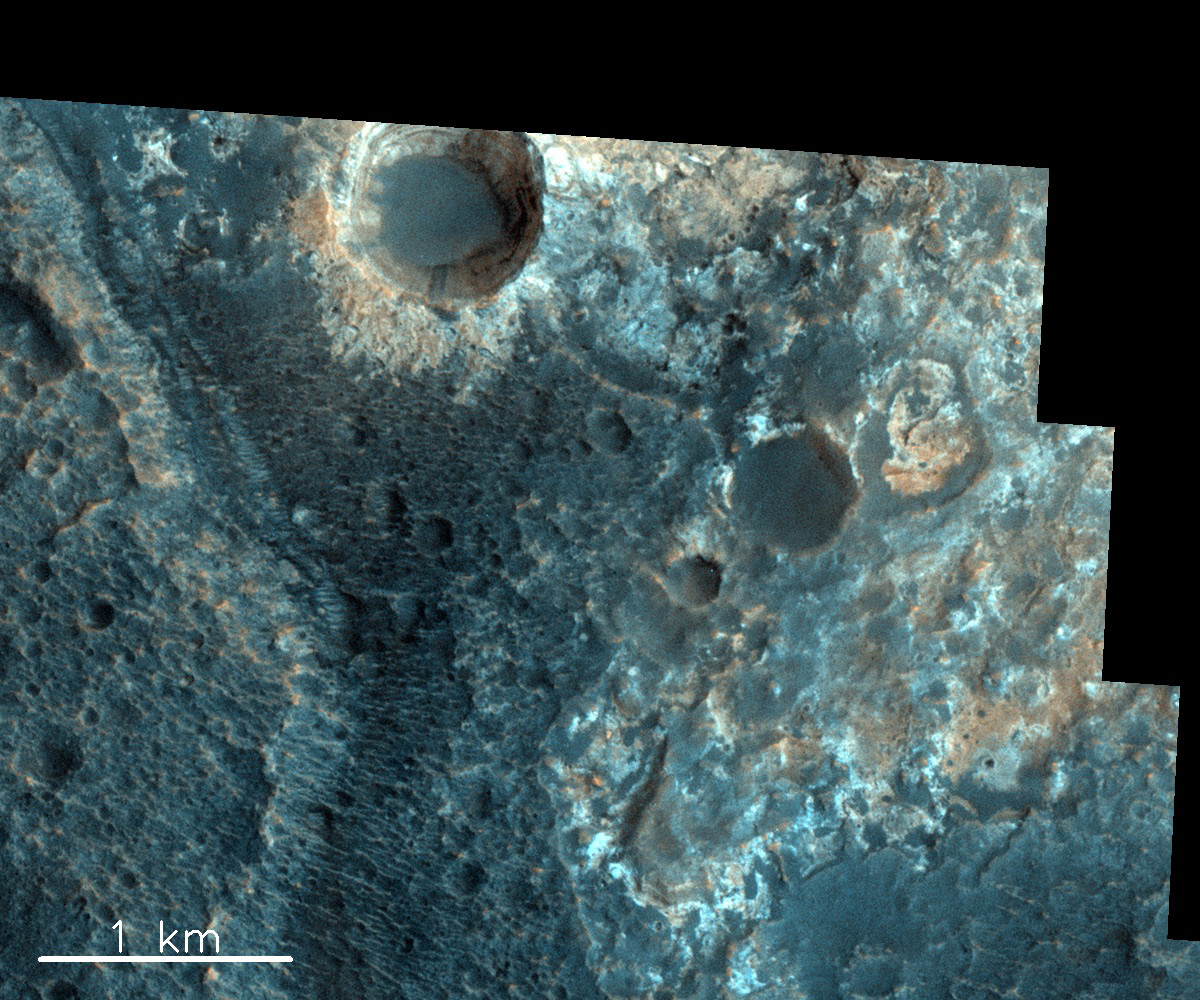Support of the SERI / Swiss Space Office
CaSSIS is a project of the University of Bern and is financed by the Swiss Space Office of the State Secretariat for Education, Research, and Innovation SERI through the PRODEX programme (PROgramme de Développement d'Expériences scientifiques) of the European Space Agency ESA. The development of the instrument hardware was also supported by the Italian Space Agency (ASI), the INAF/Astronomical Observatory Padua and the Space Research Center (CBK) in Warsaw.
For all instruments developed in Switzerland, major contributions and/or partial deliveries come from Swiss industry. The PRODEX programme, under which scientific instruments or sub-systems are provided, requires industrial participation and thus promotes knowledge and technology transfer between universities and industry and gives Switzerland a structural competitive advantage as a business location – not least thanks to spill-over effects on other sectors of the participating companies. Swiss participation in ESA programmes enables Swiss players from science and industry to position themselves ideally in ESA activities in this field.
